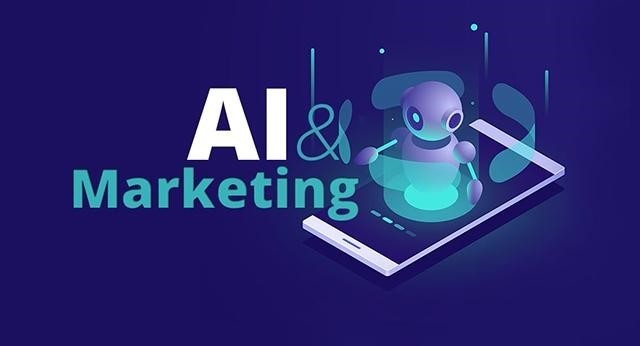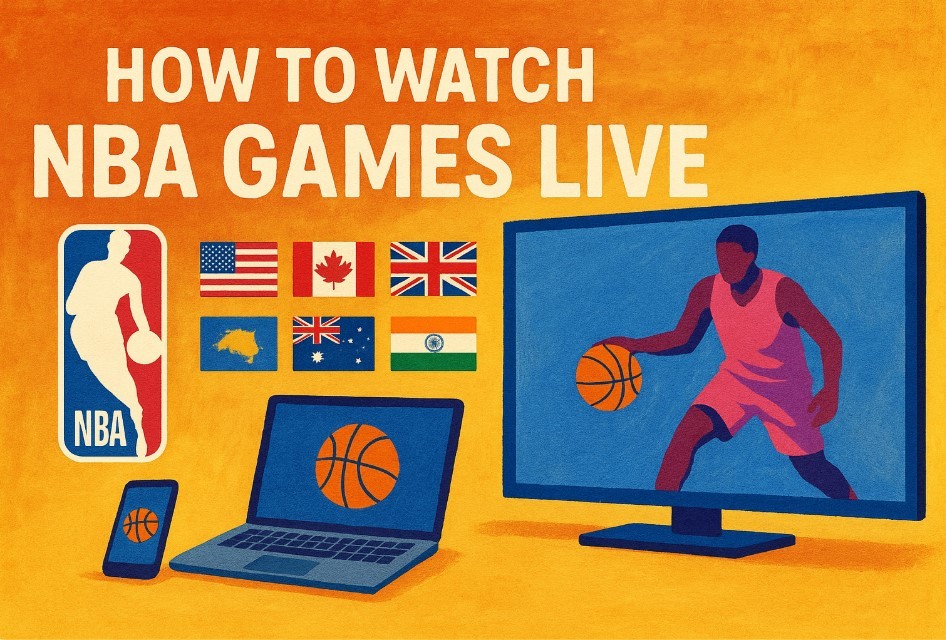What Is B2B Marketing: Tools, Strategy and Future
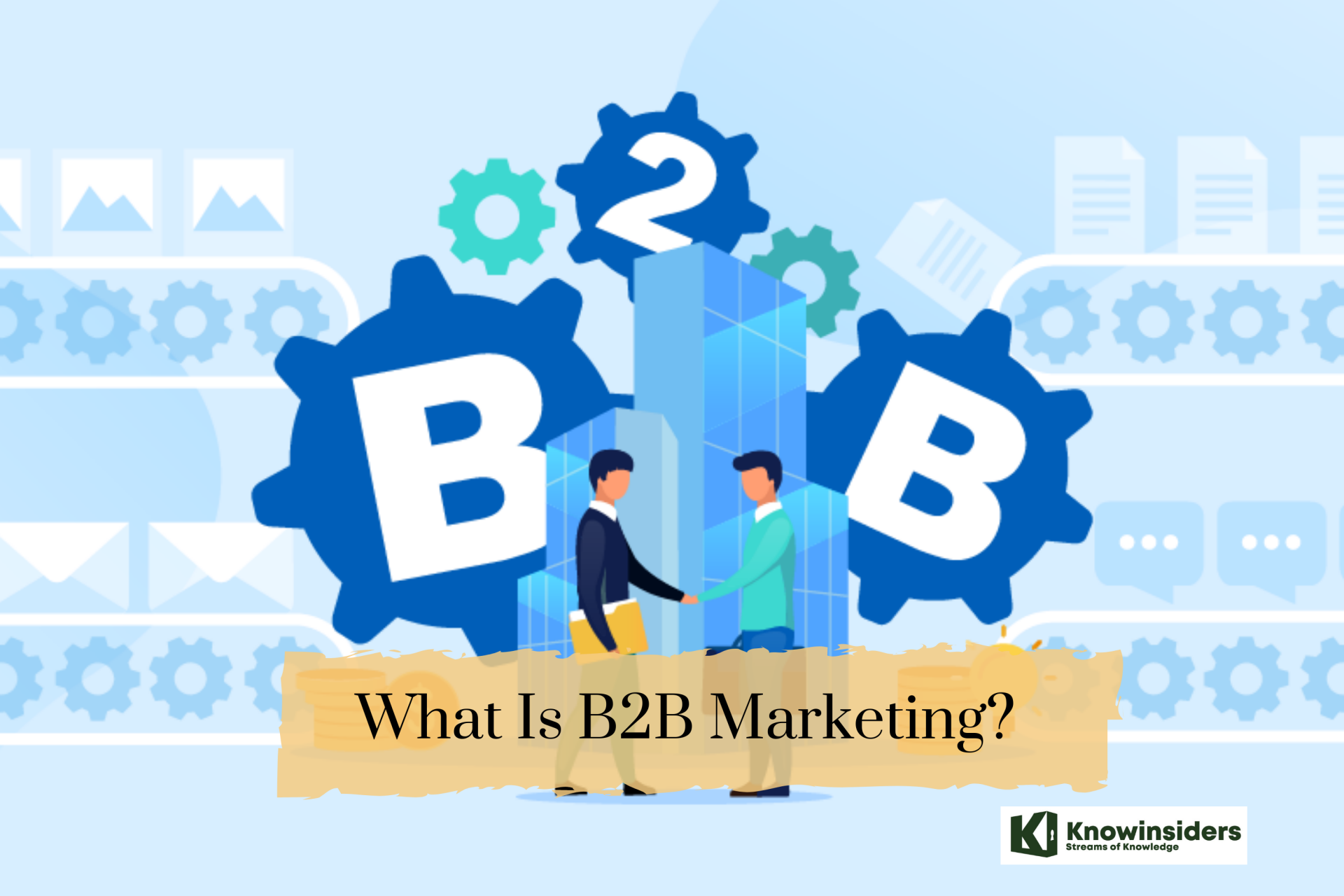 |
| B2B Marketing. Photo: KnowInsiders |
Business-to-business (B2B) marketing has an extensive list of the terminology you should be familiar with to fully understand how each piece supports your marketing and business goals.
Effective marketing is difficult to get right. Between creative demands, budget limits, and channel decisions, marketers have a lot to juggle when developing their marketing strategy.
What is B2B Marketing?
As the name suggests, business-to-business marketing refers to the marketing of products or services to other businesses and organizations. It holds several key distinctions from B2C marketing, which is oriented toward consumers.
In broad sense, B2B marketing content tends to be more informational and straightforward than B2C. This is because business purchase decisions, in comparison to those of consumers, are based more on bottom-line revenue impact. Return on investment (ROI) is rarely a consideration for the everyday person — at least in a monetary sense — but it’s a primary focus for corporate decision makers.
In the modern environment, B2B marketers often sell to buying committees with various key stakeholders. This makes for a complex and sometimes challenging landscape, but as data sources become more robust and accurate, the ability to map out committees and reach buyers with relevant, personalized information is greatly improving.
Examples of B2B companiesThere are B2B companies in every industry, from manufacturing to retail. Wherever business is done, you can be sure a host of B2B suppliers and advisory firms are active. Every B2C company requires certain products, services and professional counsel, so every B2C company generates B2B activity. One example of a traditional B2B market is in automobile manufacturing. Everyone knows some of the biggest consumer-facing brands, but in every model of car or truck they produce are dozens of other companies' products. These include the tires, hoses, batteries and electronics that are essential for the final consumer product – the vehicle – to operate properly. The manufacturer purchases these products from its various suppliers and incorporates them into the final product. When you buy a car from one company, you're purchasing parts created by dozens or even hundreds of other businesses from all around the world. Business-to-business sales are a vital part of every industry's supply chain. Examples of real-world B2B activity are plentiful and more visible than you might guess. For instance, credit card processing companies' entire model is based on allowing businesses to accept card payments. General Electric makes plenty of consumer goods, but it also provides parts to other enterprises. Perhaps you've worked at a company where the paychecks were stamped by ADP, a company that provides payroll and financial services for businesses. Xerox is a household name that makes billions providing paper and print services to businesses. |
B2B market
First off, it can be easily guessed that the average value of a B2B transaction is more significant than the average value of B2C transaction. However, to know the actual size of this market, statistics will do a better job than plain estimation. Shopify claims that the B2B market size is over two times bigger than the B2C market by 257.4 percent.
For business marketing, marketers focus mostly on personal selling instead of advertising on TV or newspaper to gain potential buyers. The only marketing activities they will execute mostly will be poured in trade journals and direct mail. However, in the article of B2B sales, I had indicated that B2B transaction has changed when Milleniums arrived. Most decision makers which are Millenials want to take the initiative in researching their business input result. To do so, they will mostly to search online to collect information to find valuable resources. As a result, B2B businesses who develop virtual marketing will have higher chance to expose with potential buyers. With the interest to use B2B services, you will attain a great number of buyers products/ services not only in local areas but also beyond national borders.
Therefore, B2B marketing needs to be paid with more attention to online marketing. The most important question right now is how to go beyond national borders? - Or how to market successfully?
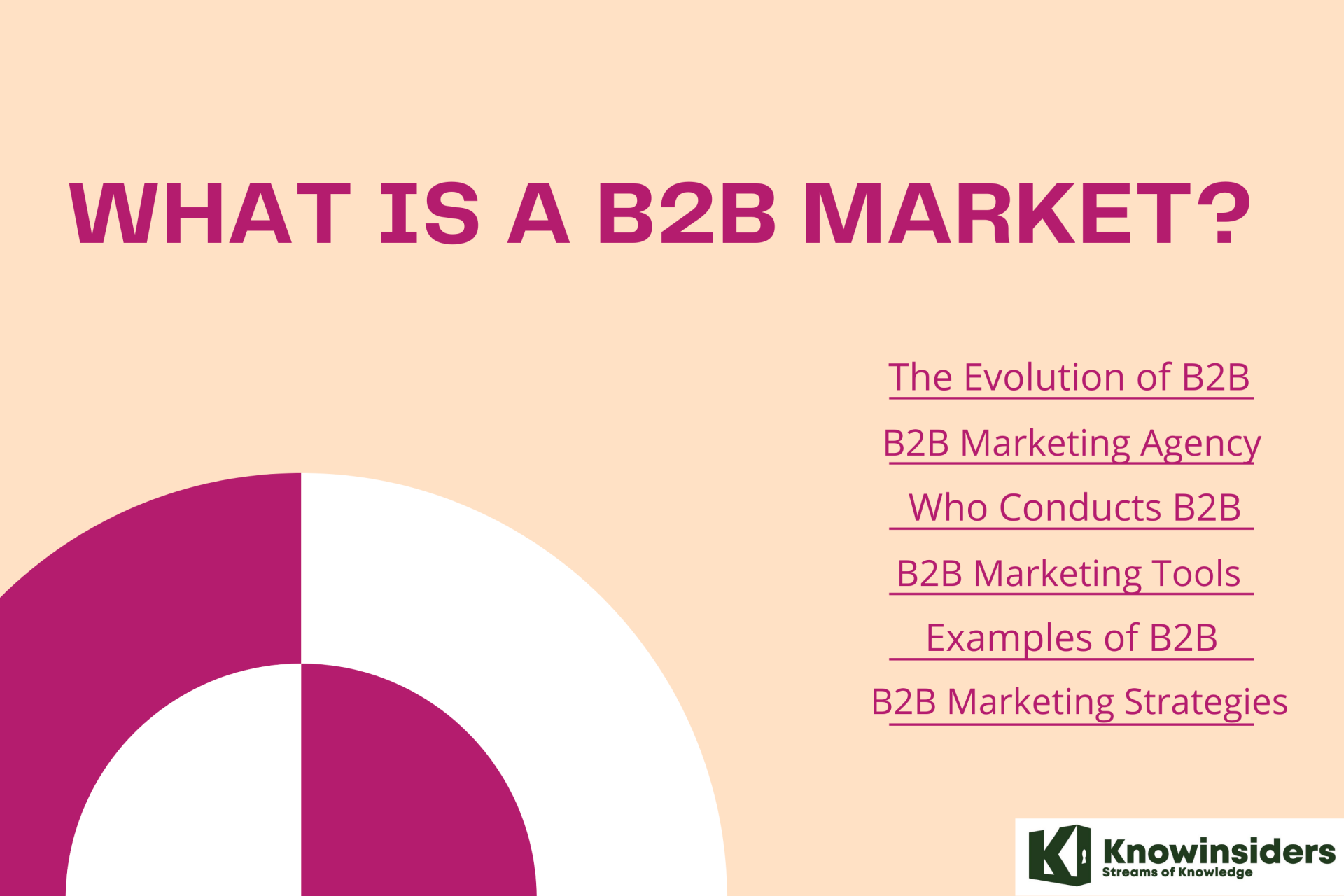 What Is A B2B Market and How Is B2B Marketing Important? What Is A B2B Market and How Is B2B Marketing Important? What is a B2B marketing? How important is B2B? If you want to learn about B2B marketing, let’s explore this topic of effective B2B marketing ... |
Who is B2B Marketing For?
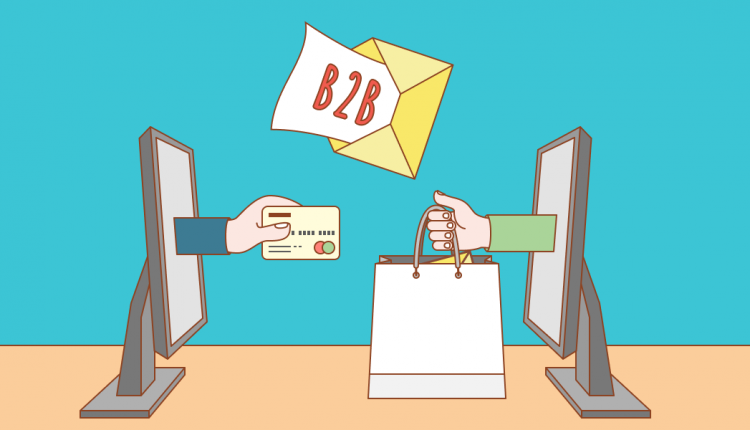 |
| Photo: SendPulse |
Any company that sells to other companies. This can come in many forms: software-as-a-service (SaaS) subscriptions, security solutions, tools, accessories, office supplies, you name it. Many organizations fall under both the B2B and B2C umbrellas.
B2B marketing campaigns are aimed at any individual(s) with control or influence on purchasing decisions. This can encompass a wide variety of titles and functions, from low-level researchers all the way up to the C-suite.
Importance of brand name for B2B
Credibility and trust is also an important criteria that brings customers to work with your company. For B2B professional buyers, they want professional working relationship that brings high quality and skills. To sway the customers, firms need to polish their professionalism, dedication to win customer trust.
It is an important aspect that needs to be created by B2B marketing. The main reason is because the transactions is not one time only, it is a long term relationship which need to claim by brand name, their reputation in the field. In another way to explain is buyers want inertia which are the tendency to remain everything unchanged.
Hence, building a brand name by marketing method is vital for businesses to widen their popularity in global scales. Unlike the past, business sellers now have the chance to reach out to any buyers and vice versa. Although it means that you will meet tough competitors, there is no opportunity that does not include risks.
Why B2B Marketing?
Business to business marketing is important because most companies rely on the products or services of other companies to function. It’s very rare that the entire production and distribution process of an organization is 100% self-contained.
For example, your favorite clothing brand likely sources their raw materials from farms and the fabric dies from chemical companies. Your favorite cell phone brand likely purchases the components of their devices from third-party companies and pays shipping companies to distribute the end product.
How are these vendor relationships formed? It all starts with identifying B2B marketing opportunities and then tailoring your brand’s message to a company that needs your products/services.
Another key reason why B2B marketing is important is the length of B2B relationships and potential for increased revenue. Selling to consumers typically involves a single purchase of a low-cost item. When a business sells to another business, the cost of the good or service may be substantial and necessary on a regular basis.
For example, when a landscaping company sells services to a large office campus, it might involve a contract that spans several months and is worth tens of thousands of dollars. This is quite different from a consumer paying for a one-time landscaping job in their backyard.
What is the future of B2B marketing?B2B marketing is always evolving - from direct mail and trade catalogue ''industrial marketing”, as it was called in 1929, to the launch of smart data, search and social media. New products and innovative technologies are revolutionising the way we do business. The coronavirus pandemic has only accelerated trends such as remote working, events going virtual and the wider application of video content. These evolutions will require marketers to become more agile and react more quickly to a changing world and industry. This will make tracking data more important than ever. |
Tools for B2B marketing
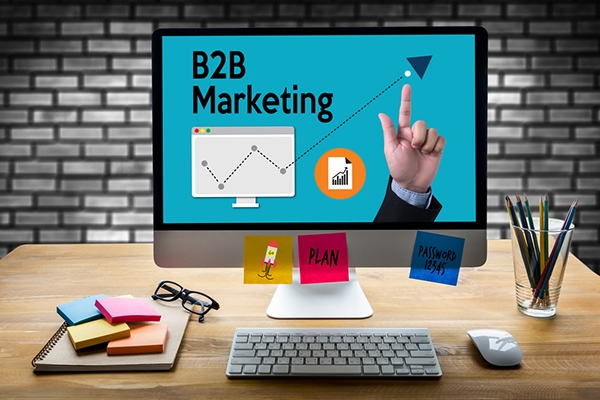 |
| Photo: Salesforce |
Inbound Marketing
SEO
SEO is recognized by 59% of B2B marketers as the biggest impact on their lead generation goals. The customer will start their independent searching process with a searching tool from Bing, Yahoo, Google with a topic. By using advertisement or improving SEO ranks, the store will appear on the first page of the search results. This will help the businesses to gain advance when approaching with the customer before the competitors do.
Content
This is a crucial material for permission marketing. Different from outbound marketing, the content you create on your blog and websites instead of spreading messages out there will bring more customers to the storers sites.
These contents need to meet some standard to receive the above benefits. Firstly, the information should be highly informative and captivate for the customers. If your content achieves both of the requirements above, your online stores will have more traffic from customers who actually want to learn more about your products on their own motives.
In addition, the readability of the content should be noticed as well. The store needs to mitigate or abandon completely all the “technical words” of specific fields. The more engaging the customer can have with the content, the more customers will come to the store.
Excellent blogs that bring benefits to the buyers will help the store to have a higher search rank to attract customers to come to the store and increase conversion rates.
Video
Video is a unique way to educate your prospects with lively images and verbal language instead of normal method. The content you create should be useful, timely, and relevant.
Unlike written blogs, videos take more time and resources to create. If you produce the right content with colorful and attractive explanations, the content will be your pied piper that mesmerize buyers to your store effectively.
Social media
With social media, the store will enhance communication to become faster.
To be clear, although B2B businesses serve the niche market, more social interaction still benefits the firm to strengthen customer relationships more frequently. One of the noticeable issues, when B2B firms go online, is cold order. B2B relationship is a long term commitment when the store wants.
Social media
For offline orders, B2B often maintain customer relationship between the bulk buyers and sales reps. The sales department makes contact with the buyers frequently to take care, support, and notice about store promotions that businesses can maintain relationships effectively.
On the other hand, for online orders, businesses will actively order from the sites so it is quite cold when there is little human contact. Therefore, you as an online B2B firm need to find different ways to contact the buyers. And, social media is not a bad idea. The communication builds up from comments and virtual interaction which is much faster than offline methods. In addition, social media communication provides plenty of room for strong communication with customers and visitors.
Besides, you need to orient your direction from the beginning. It is not solely to increase the followers on your sites, but also encourage them to become a supporter for your brand.
Mobile marketing
Mobile friendly has been considered as an important criterion for Google to assets websites for years. It is also important for B2B sites to appear on a higher rank than competitors. According to Campaign monitor, the B2B companies do not pay attention to building mobile experience. Therefore, firms can invest more in this ideal area to make your marketing activities more unique and seamless on smartphones which are the most popular and convenient communication means.
Digital Marketing
In these days and age, every business, from B2B to B2C, should have a digital presence. It combines paid ads, search engine optimization, a website, and any other place your B2B company is active online. Here are four B2B digital marketing best practices:
* Identify your target audience A strong B2B digital marketing starts with defining your target audience. This demographic and psychographic information will affect every other marketing effort after that.
* Create your website An informative and engaging website is a vital part of an effective digital marketing campaign. Over 80% of buyers visit a site before making a purchase. Furthermore, the typical B2B sales cycle often involves many key players, so websites are accessible, straightforward ways for influencers to share information about your product or service.
* Optimize your digital presence By applying SEO (search engine optimization) technique, you can quickly improve your website ranking in the search result page, attract more visitors, and ultimately convert them into your business customers.
* Run PPC campaigns: Pay-per-click (PPC) advertising allows you to get your content and brand in front of your target audiences via search engines and other advertising platforms. It is better to advertise your brand personality, company tagline rather than your specific products or services. For instance, if your brand is profoundly new to consumers, you should pay to target relevant categories to reach the highest number of prospects.
Outbound marketing
Email marketing
It’s a no-brainer that emails provide a great chance to reach prospective clients. You need an email if you want to maintain relationships with your partners and inform them about the news and deals. What is more, the statistics show that about 93% of B2B marketing specialists use this strategy to establish new business relations.
Take into consideration that your emails should include useful pieces of information to provide your partners with reasons to start cooperating with you. Tell users about the benefits of your service that will help your clients solve their problems. SendPulse offers small businesses all the necessary tools to design professional email campaigns. You can send 15,000 emails each month for free. Find out more about our pricing plans.
For example, Asana sends special emails to its prospective clients. They introduce the platform and show how it can help with business task management. There is a CTA button that gives a prospect the opportunity to start their project right after reading the email.
However, the method needs to process properly with some factors:
* Timing is essential: Send emails regularly for your customers.
* Engage customers more: your brand personality in your email. Don’t be afraid of injecting a bit of humor.
* Add in appealing offers: Including a “welcome gift” is certainly a good win to earn your customer’s affection. When your customers feel welcomed, the relationship of the firm with your client will strengthen the relationships.
* Telemarketing
* PPC ads
* Tradeshow
* Print ads
* Press releases
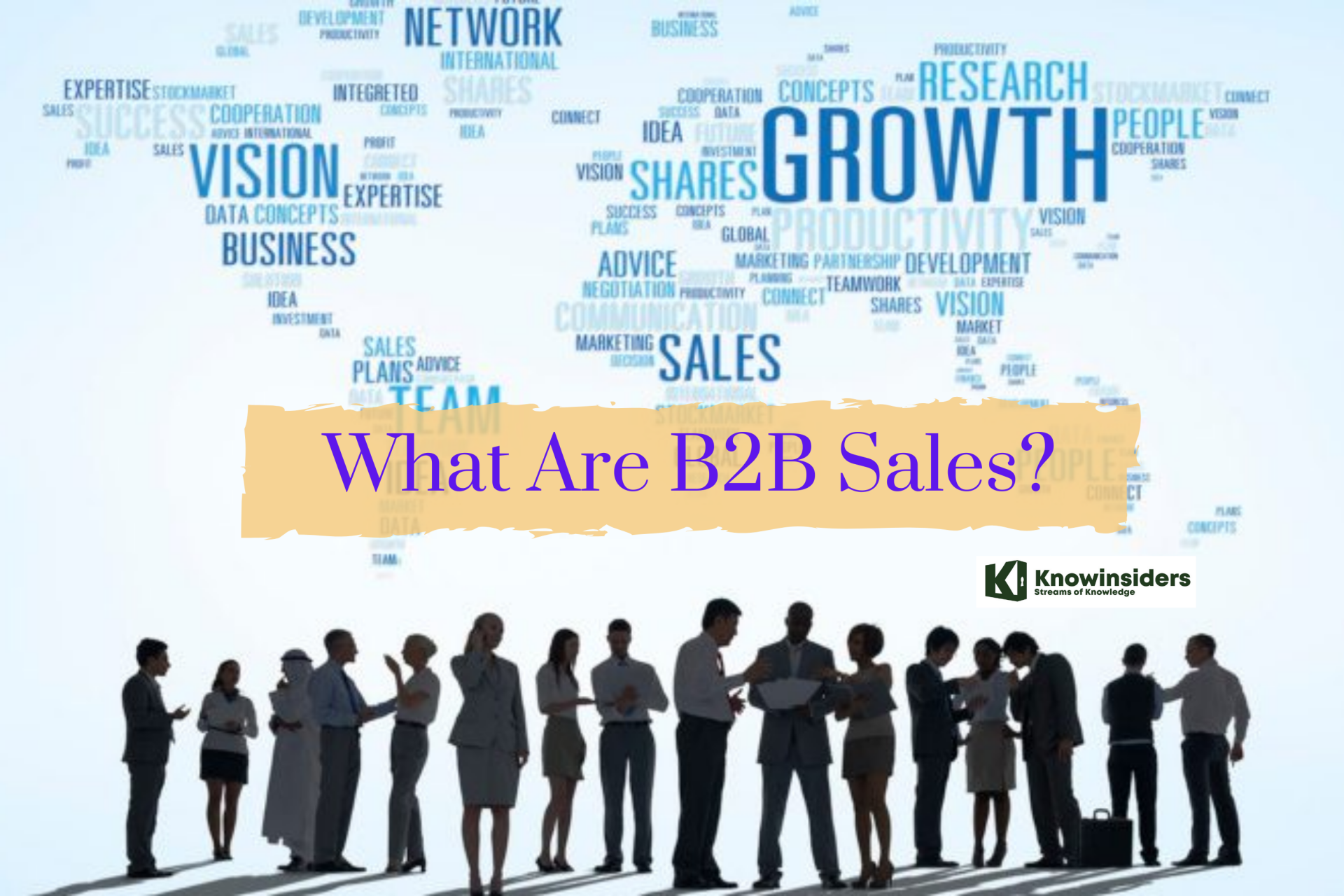 What Are B2B Sales: Types, Tips For Successful Sales What Are B2B Sales: Types, Tips For Successful Sales B2B is short for business to business. What are B2B Sales? To understand more thoroughly about this term, check out right below! |
Creating a B2B Marketing Strategy
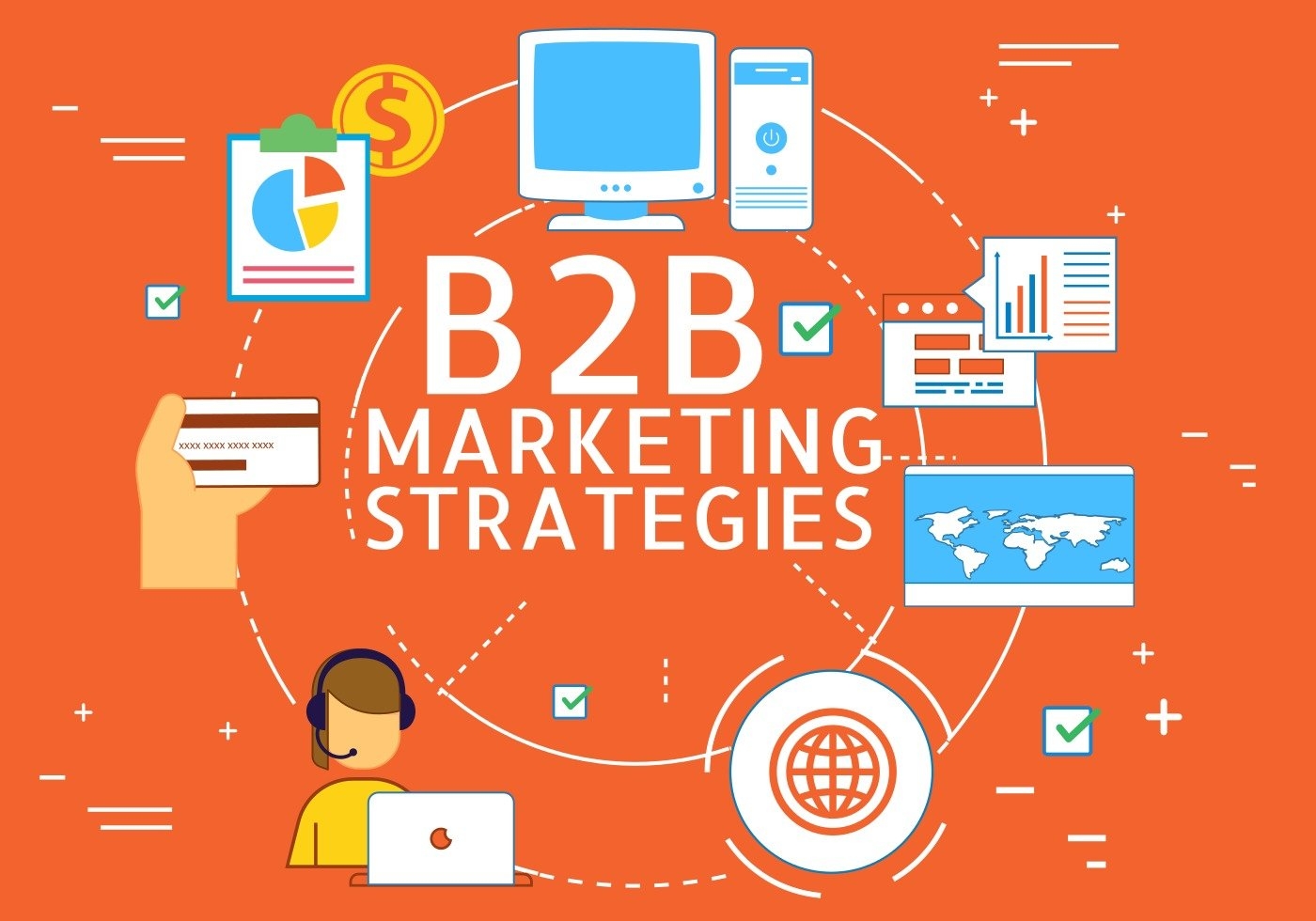 |
| Photo: Inbound Marketing |
Competition for customers, and even for attention, is high. Building out a B2B strategy that delivers results requires thoughtful planning, execution, and management. Here’s a high-level look at the process B2B companies use to stand out in a crowded marketplace:
Step One: Develop an Overarching Vision
Fail to plan, plan to fail – this truism remains eternally accurate. Before any decisions are made, you’ll want to select specific and measurable business objectives, then lay out the framework for how your B2B marketing strategy will achieve them. Answering these seven B2B content strategy questions is a good place to start.
Step Two: Define Your Market and Buyer Persona
This is an especially vital step for B2B organizations. Whereas B2C goods often have a wider and more general audience, B2B products and services are usually marketed to a distinct set of customers with particular challenges and needs. The more narrowly you can define this audience, the better you’ll be able to speak to them directly with relevant messaging.
We recommend creating a dossier for your ideal buyer persona — by researching demographics, interviewing people in the industry, and analyzing your best customers — to compile a set of attributes you can match against prospects to qualify leads.
Step Three: Identify B2B Marketing Tactics and Channels
Once you’ve established solid intel around your target audience, you’ll need to determine how and where you intend to reach them. The knowledge you’ve attained through the previous step should help guide this one. You’ll want to answer questions like these about your ideal customers and prospects:
Where do they spend their time online?
What questions are they asking search engines?
Which social media networks do they prefer?
How can you fill opportunity gaps that your competitors are leaving open?
What industry events do they attend?
Step Four: Create Assets and Run Campaigns
With a plan in place, it’s time to put it into motion. Follow best practices for each channel you incorporate into your strategy. Critical ingredients in effective campaigns - a message your team wants to spread that’s typically tied to a desired action - include a creative approach, useful insights, sophisticated targeting, and strong calls to action.
Step Five: Measure and Improve
This is the ongoing process that keeps you moving in the right direction. In the simplest terms, you want to figure out why your high performing content performs and why your low performing content doesn’t so that you can make smarter decisions concerning your money and time. The more vigilant you are about consulting analytics and applying your learnings, the more likely you are to surpass your goals and grow continually. Even with a well-researched foundation, the creation of content and campaigns inherently requires a lot of guesswork until you have substantive engagement and conversion data to rely on.
Let your audience dictate your path. Consult metrics to pinpoint the channels, topics, and media that resonate most, then double-down. Meanwhile, cut or alter anything that isn’t performing.
How do you approach a B2B sale?
Working in a B2B framework is very different than selling to consumers.
Purchasing decisions can take months or years to unfold, with customers conducting enormous amounts of research, vetting potential vendors and holding several sales meetings before making the call.
There’s no such thing as a compulsive purchase in the B2B world, which means digital marketers need to be meticulous with their strategies and patiently wait for their campaigns to coalesce.
How to develop a marketing plan for a B2B company
Marketing and branding B2B products or services requires a unique approach. Unlike with B2C companies, the target audience isn't a consumer at all, but another company. This means B2B marketers must build a direct marketing experience to drive organic traffic from company decision-makers.
Driving sales means understanding another company's business processes, nurturing trust between both your organizations, and developing a business-specific strategy with your sales team to turn potential customers into buyers. B2B marketing campaigns require careful planning, said Brent Walker, senior vice president of marketing and analytics at PatientBond.
"B2B typically relies on its sales function and account management team to establish and strengthen customer-client relationships," he said. "Marketing may include advertising in trade journals, having a presence at conventions and trade conferences, digital marketing – an online presence, SEO, email outreach – and other traditional awareness efforts."
While the methods might be similar to those of B2C companies, the messaging and branding is often different. Rather than speaking to a consumer's desire to get something new, fun or convenient, B2B companies face the challenge of convincing company decision-makers that their products or services will yield a return on investment. That means less emphasis on social networks, brand awareness and the overall customer journey. Instead, the focus should be building relationships with other businesses and highlighting overall ROI.
For some B2B companies, such as digital marketing firms that specialize in content creation and social media management, this can be a tough sell. This type of work doesn't produce immediate results, so making the sale requires educating potential customers. That's where a knowledgeable sales team comes in.
The key to B2B marketing is demonstrating value to a business's bottom line. If your solution streamlines processes, focus on the efficiencies your potential customers could gain. If your services increase traffic to a website or boost conversion rates, highlight the potential for added revenue. In business, it all comes back to profitability: If you can make the case that your products or services will enhance the bottom line, landing the sale becomes much easier.
To improve your B2B marketing campaigns, here are some things you should keep in mind when interacting with other businesses:
* A well-trained and knowledgeable sales team will allow you to build effective relationships.
* You're speaking directly to high-level company decision-makers, not average consumers, so you should set the tone of your messaging accordingly.
* The emphasis in B2B marketing communication should be building relationships, not extending your brand voice by leveraging social networks.
* Other businesses want to know the ROI they can expect from your product.
Tip: The emphasis in B2B marketing communication should be building relationships, not extending your brand voice by leveraging social networks.
What B2B marketing services are typically available?B2B marketing services generally focus on certain areas like SEO, content marketing and account-based marketing. Some vendors will be dedicated to specific industries – healthcare, higher education or financial services, for instance. Brafton is a content marketing agency, but our approach is pretty exhaustive, incorporating elements of technical SEO, content creation, holistic marketing strategy consultation, industry expertise and account-based marketing tactics. |
 What Is Content Marketing and How It Works? What Is Content Marketing and How It Works? Content Marketing is important in any business, but not easy to understand its benefits, advantages or disadvantages, and how to get started. |
 What Is InBound & OutBound Marketing: Definition, Pros and Cons, Strategies and More What Is InBound & OutBound Marketing: Definition, Pros and Cons, Strategies and More We will explain for you in detail what is Inbound Marketing, its pros and cons, strategies, and more. |
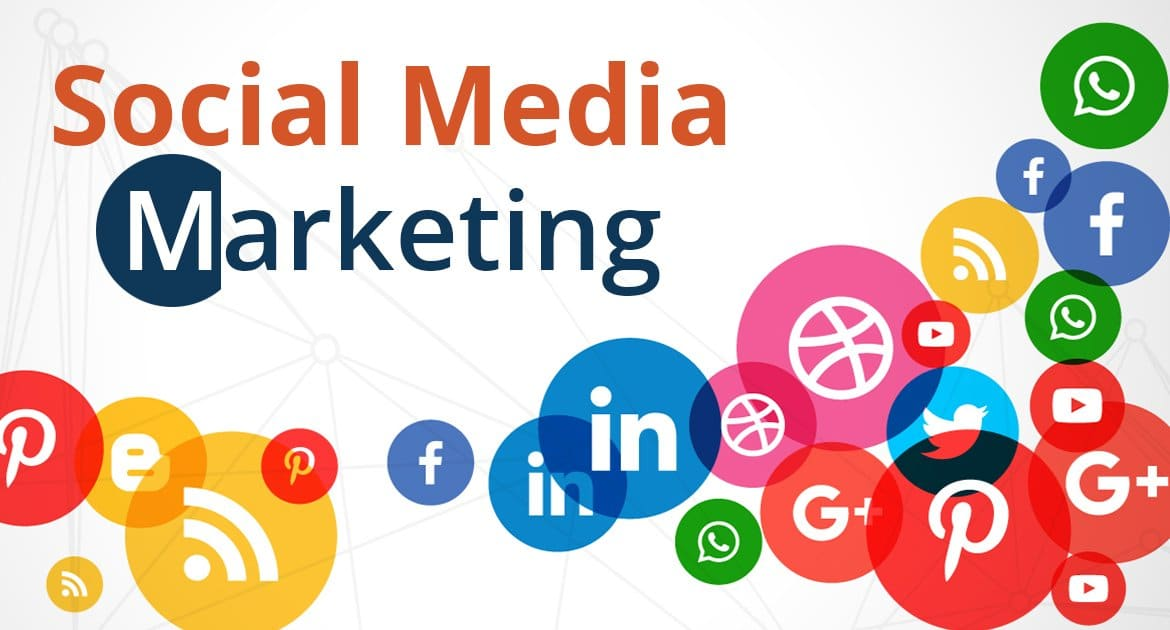 What Is Social Media Marketing: Definition, Strategies,Advantages and Disadvantages What Is Social Media Marketing: Definition, Strategies,Advantages and Disadvantages Social Media Marketing is one of the most important parts that you need to understand if you want to expand your business and let others ... |

